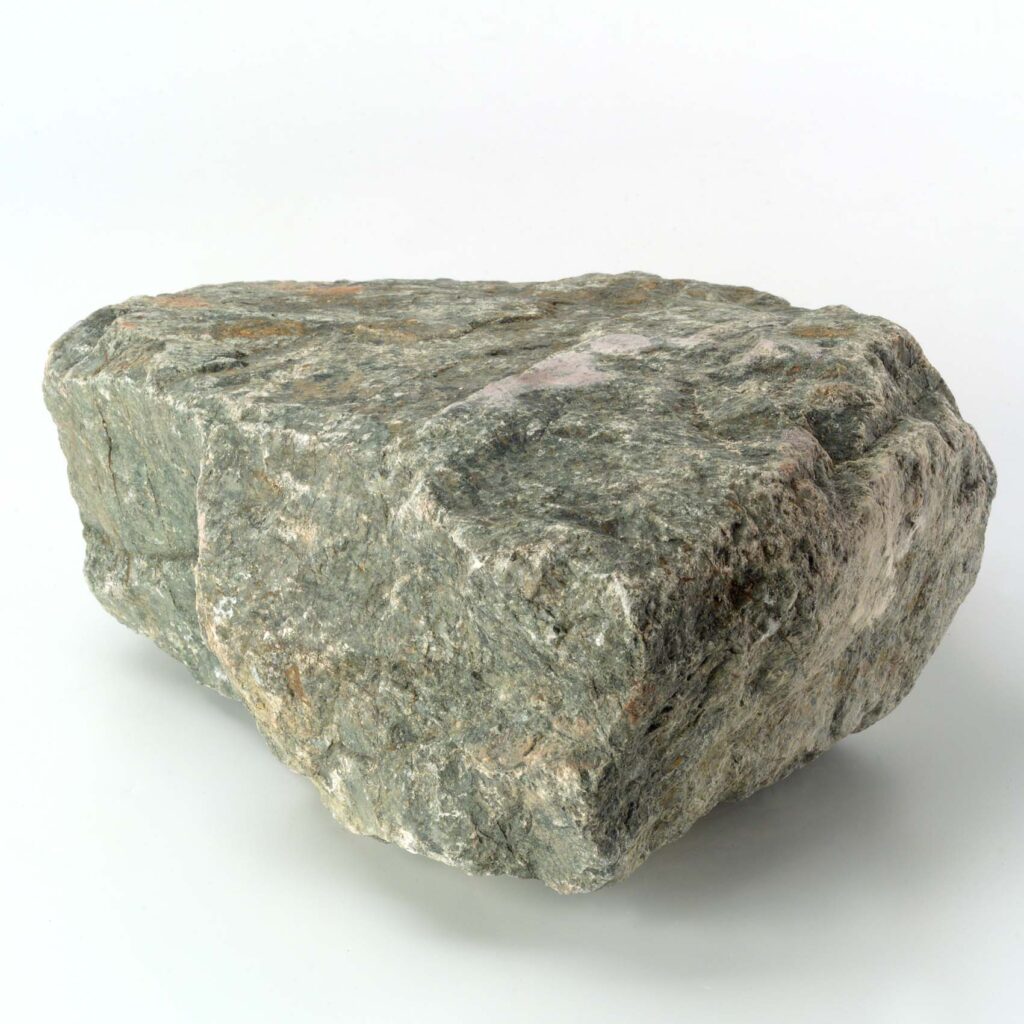In the world of construction, the choice of materials is a critical factor that determines the durability, efficiency, and aesthetic appeal of a building. Each material has unique properties and is suited for specific applications. In this blog post, we will explore the different types of construction materials commonly used in modern construction and their primary uses.
1. Concrete
Overview: Concrete is a composite material made from cement, water, aggregates (sand, gravel, or crushed stone), and often admixtures. It is known for its high compressive strength and durability.

Uses:
- Foundations and Footings: Concrete is widely used for building foundations and footings due to its ability to bear heavy loads.
- Structural Framework: Reinforced concrete is used for constructing beams, columns, and slabs in buildings.
- Paving and Roadways: Concrete is a popular choice for sidewalks, driveways, and road construction due to its longevity and low maintenance.
2. Steel

Overview: Steel is an alloy of iron and carbon, known for its high tensile strength and flexibility. It is a crucial material in the construction industry.
Uses:
- Structural Beams and Columns: Steel is commonly used in the framework of high-rise buildings, bridges, and industrial structures due to its strength and ability to withstand tension and compression.
- Reinforcement: Steel rebar is used to reinforce concrete structures, enhancing their tensile strength.
- Roofing and Cladding: Steel sheets are used for roofing and exterior cladding due to their durability and weather resistance.
3. Wood

Overview: Wood is a natural, renewable material known for its versatility, ease of use, and aesthetic appeal. It is used in various forms, including solid wood, engineered wood, and plywood.
Uses:
- Framing: Wood is a common material for framing residential buildings due to its ease of handling and cost-effectiveness.
- Flooring and Finishes: Hardwood is often used for flooring, trim, and cabinetry, adding warmth and character to interiors.
- Decking and Fencing: Treated wood is used for outdoor applications like decks and fences due to its resistance to decay and insects.
4. Brick

Overview: Brick is a durable, fire-resistant building material made from clay and other natural materials, shaped into blocks and kiln-fired.
Uses:
- Walls and Facades: Brick is commonly used for constructing exterior walls and facades, providing thermal insulation and aesthetic appeal.
- Paving: Brick pavers are used for walkways, patios, and driveways due to their durability and classic look.
- Fireplaces and Chimneys: Brick’s heat resistance makes it ideal for building fireplaces and chimneys.
5. Glass

Overview: Glass is a transparent or translucent material made from silica and other additives. It is valued for its aesthetic qualities and ability to allow natural light into buildings.
Uses:
- Windows and Doors: Glass is extensively used for windows and doors to enhance natural lighting and provide views.
- Curtain Walls: In modern architecture, glass curtain walls are used for building facades, creating sleek, contemporary appearances.
- Partitions and Balustrades: Glass is used for interior partitions and balustrades, adding elegance and openness to spaces.
6. Aluminum

Overview: Aluminum is a lightweight, corrosion-resistant metal with high strength-to-weight ratio. It is often used in construction due to its versatility and durability.
Uses:
- Window Frames and Doors: Aluminum frames are popular for windows and doors because they are strong, lightweight, and resistant to corrosion.
- Roofing and Cladding: Aluminum sheets are used for roofing and exterior cladding, providing a modern look and long-term durability.
- Structural Components: Aluminum is used in structural components for its strength and ability to be easily shaped and fabricated.
7. Stone

Overview: Stone is a natural material with exceptional durability and aesthetic appeal. Common types of stone used in construction include granite, marble, limestone, and slate.
Uses:
- Exterior Cladding: Stone is used for exterior cladding to provide a timeless, elegant appearance and superior durability.
- Flooring and Countertops: Stone is a popular choice for flooring and countertops due to its strength and unique patterns.
- Landscaping: Stone is used in landscaping for retaining walls, pathways, and garden features.
8. Plastic

Overview: Plastic is a synthetic material made from polymers. It is lightweight, durable, and resistant to moisture and chemicals.
Uses:
- Piping: Plastic pipes are used for plumbing and drainage systems due to their corrosion resistance and ease of installation.
- Insulation: Plastic-based materials like polystyrene and polyurethane are used for thermal insulation in buildings.
- Roofing: Plastic roofing materials, such as PVC and polycarbonate, are used for their lightweight and weather-resistant properties.
Conclusion
Understanding the different types of construction materials and their uses is essential for making informed decisions in any building project. Each material has unique properties that make it suitable for specific applications, whether it’s the strength of steel, the versatility of wood, or the sustainability of eco-friendly materials. At Corlyne Constructions & Allied Services Limited, we leverage the best materials to ensure the quality, durability, and aesthetic appeal of our projects, helping you build your dreams with confidence.
